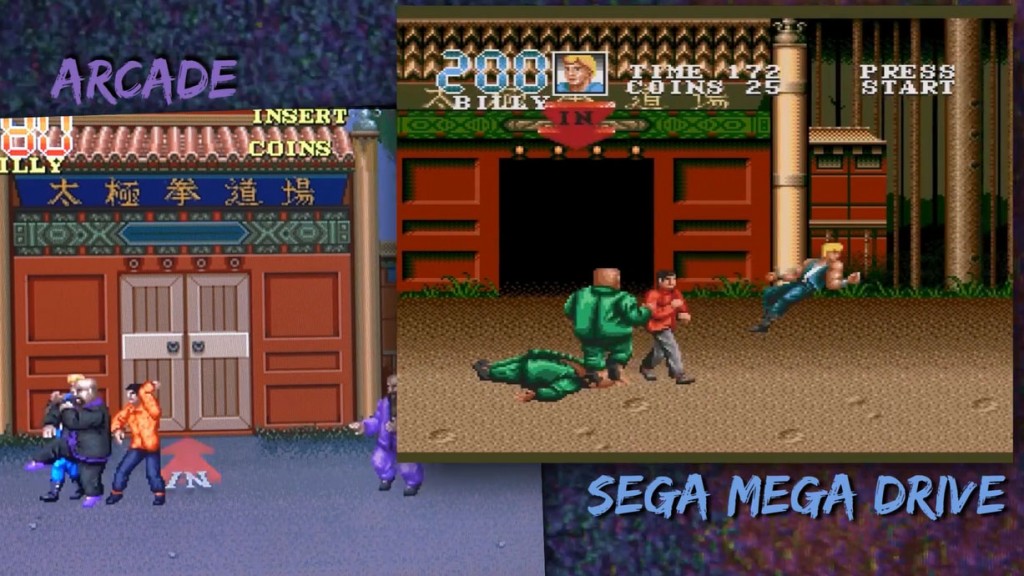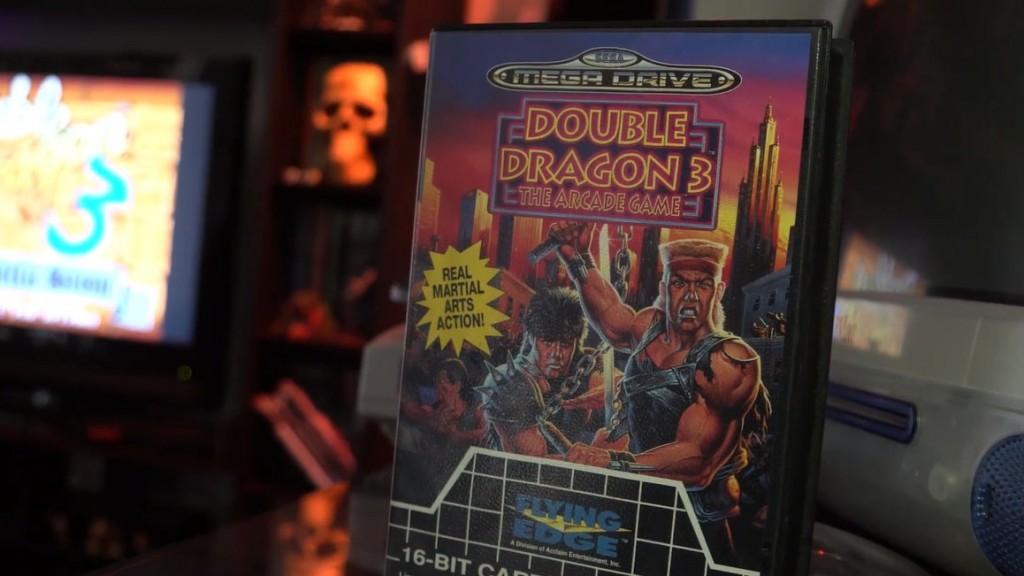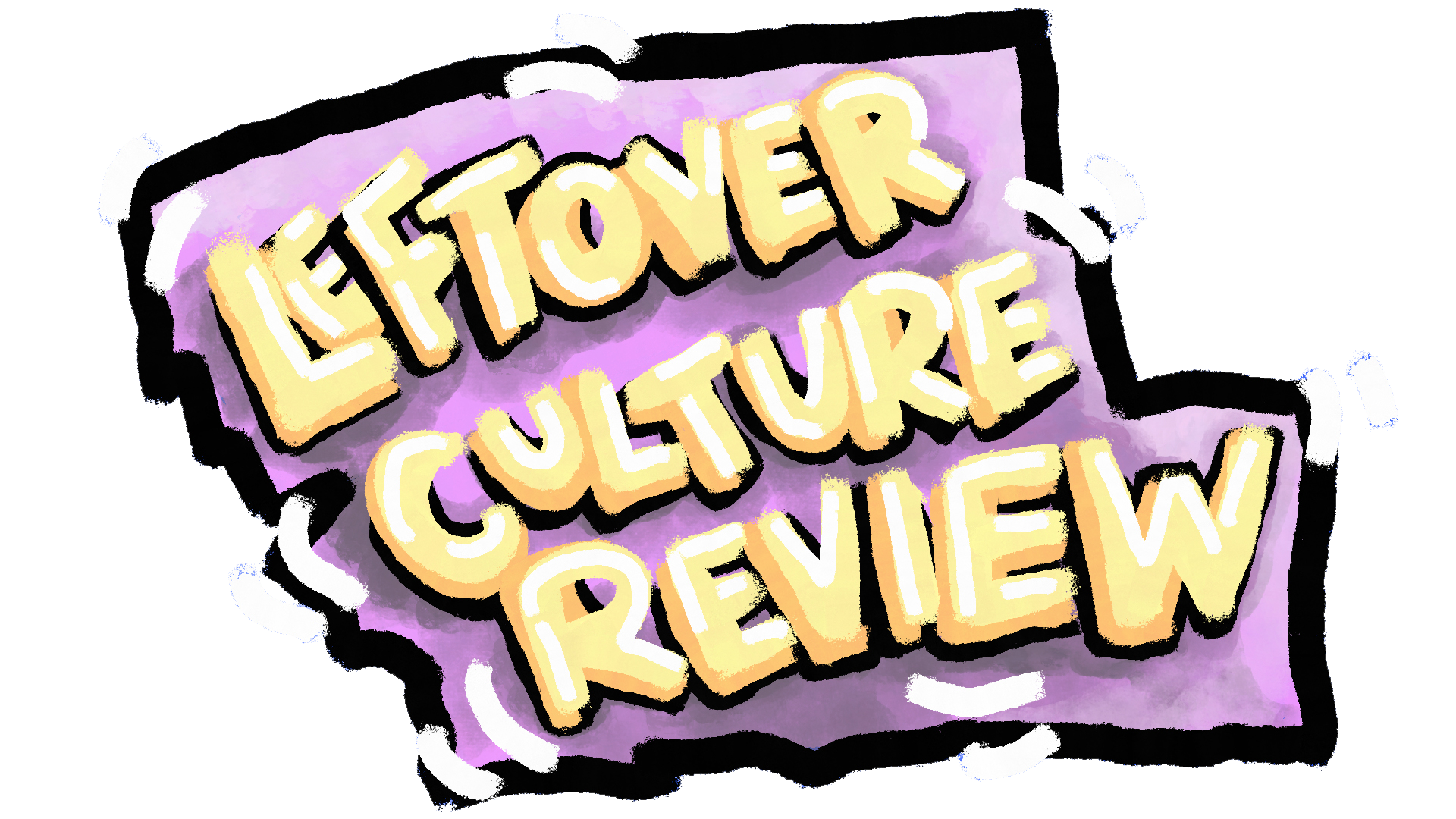If Double Dragon is an absolute staple of beat ’em up gaming… Double Dragon 3 feels like the leftovers.
Double Dragon 3 hit the arcades in 1990, but it took two years for it to be ported over the Sega Mega Drive (Genesis)… Where it quickly let the whole world know the series had peaked at Double Dragon 2.
Double Dragon 3 didn’t make a big splash for the franchise. It’s a shame that we couldn’t really see the beat ’em up genre grow with the series. It didn’t take long until 16-Bit heavy hitters like Streets of Rage and Final Fight came in to show the world how a beat ’em up can be done.
If you wanted to take a step further back in time, see what Double Dragon looked like on the Atari 2600.
3 steps to ruin a side-scrolling beat ’em up game franchise.
The side-scrolling beat ’em up is an established genre. It shouldn’t be this hard to put resources in the right place and make a kick-butt game lots of people will enjoy. The Double Dragon franchise was there from the start, but it’s had plenty of competition as it grew up.
Both the original Double Dragon and Double Dragon 2 showed the world what a good beat ’em up game can look like. In the arcades, on the Sega Master System and on the Nintendo Entertainment System. Everything felt primed for the next generation, 16-Bit consoles were coming and being ready to deliver incredible experiences. Mostly with games like Streets of Rage and Final Fight.
What went wrong with Double Dragon 3? Let’s break it down with 3 unique anti-selling points.
1. Remove features and make people pay for them.
The Double Dragon 3 arcade cabinet was interesting in the way it used credits. Real money for players to buy weapons, characters and even moves to use (like the flying kick).
In the Sega Genesis port, this translated into using your limited ‘life’ credits to power up, replenish health or stock up on items. It’s a weird system that really forces you to play safe and boring… A life is always worth too much to waste. Buying extra ‘characters’ to play as sounds interesting, but Billy and Jimmy are still the best, well-rounded characters in the game. Providing the player with a consistent experience.
2. Boring enemies.
Yeah… Wow. What you’re fighting can seriously change how much fun a beat ’em up game is. I can’t help but feel that by using ‘countries’ as stages, China, Japan, Italy, they went the easy route including Samurai’s, martial artists and gladiators.
There’s some cool enemies mixed in there, but for a flagship beat ’em up franchise, there’s so much more they could have done to make the game really stand out.
3. Feature-less stages.
To be fair, Double Dragon 3 does have ‘some’ interesting, interactive stages. I loved the city streets, Japanese dojo and the Egyptian temple. There are a few cool sections but for the most part, the stages are dull. You walk. You punch. I expected a lot more from the Double Dragon franchise.
In terms of aesthetics and stage design, the Super Nintendo game, Super Double Dragon got more love and attention. It’s a shame the arcade wasn’t able to bring more to the table with some cool environments. A few more years and the cool kids (i.e. me) were hooked on Streets of Rage. A game that had interesting enemies and bosses, stages and even power-ups that could create some serious damage.
Need more fight in your life? Check out the Retro Wrestling Games Review to see that Beat ’em Up action touch another genre.

Double Dragon 3 Arcade vs Sega Comparison
What ever happened to Double Dragon 3?
The first game got around, hard. You could play Double Dragon on the Atari 2600, NES, Mega Drive and even the Atari Lynx. But the side-scrolling beat ’em up didn’t last in the era of 3D during the 90’s.
Super Double Dragon (on the Super Nintendo) and Double Dragon 3 mark the end of the franchise as the king of side-scrolling beat ’em ups. Following up was two different fighting games. Double Dragon V: Shadows Fall and Double Dragon for the Neo Geo AES and CD.
Double Dragon V came out in 1994, a massive year for the franchise, alongside the animated cartoon series and the Double Dragon live action movie. The disappointing games, coupled with the disappointing movie, didn’t do the franchise any favors.
Double Dragon has seen a bit of retro gaming love with a re-release called Double Dragon Neon. It’s a super-nostalgic throwback to the original game that doesn’t change the formula. At all. It’s received mixed reviews but for what it’s worth, you get what it says on the box. Plenty of better 2D beat ‘ém ups have come and gone, Streets of Rage, Final Fight and Sengoku, but Double Dragon still stands out as a flagship entry. Driving the interest in the early 2D beat ém ups and ensuring we got to enjoy what they become.
Want to see where the side-scrolling beat ’em up evolved to? Check out Zombie Revenge on the Sega Dreamcast.

